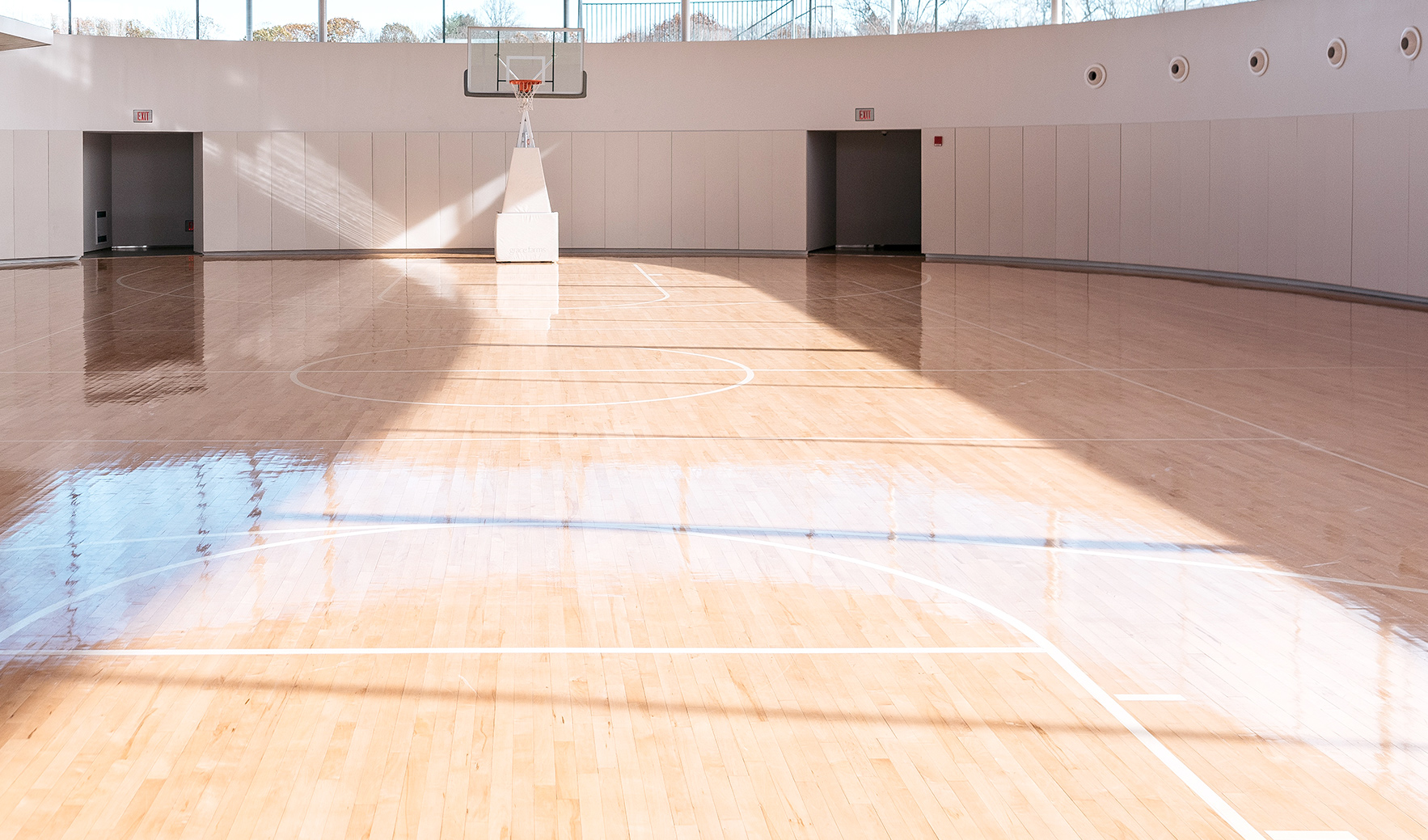Talk to your coaches, teachers, organization, or school about the prevention strategies below and how they might be incorporated into training and policies.
Strength Training and Neuromuscular Training Program
Reduce the risk of injury by participating in a well-rounded training program that incorporates strengthening and balance exercises. Fencers often have muscle asymmetries, meaning that one area of musculature is stronger than the other. For example, the muscles in the front of the leg may be stronger than the muscles in the back of that same leg.
The risk of all lower body injuries may be reduced by up to 50% by regularly participating in a balance training exercise program with a resistance training component. This is referred to as a neuromuscular training warm-up program.
Sport Injury Prevention Research Centre Neuromuscular Training
The Sport Injury Prevention Research Centre has developed a neuromuscular training warm-up program that can be adapted to many sports. Incorporating a warm-up program like this one into the coach’s training program at least two times per week has been associated with a significant reduction in lower body injuries.
Click here to view poster.
Oslo Sport Trauma Research Centre Neuromuscular Training
The Oslo Sport Trauma Research Centre has developed exercises that specifically help keep the shoulder, back and knee strong and reduce the risk of injury. This resource includes videos and PDFs for download.
Learn more about exercises to help prevent shoulder injuries.
Learn more about exercises to help prevent back injuries.
Learn more about exercises to help prevent knee injuries.
For more exercises, visit http://fittoplay.org/.
Get Set Neuromuscular Training
The Get Set app contains exercises that can be done at home. Created by the Oslo Sports Trauma Center, Norwegian School of Sport Sciences, and Making Waves AS in 2014 for the International Olympic Committee, the app allows you to search by body part to view exercises that work to strengthen each area of the body, or search by sport to view a library of exercises that are specific to fencing.
Download Get Set for Android.
Download Get Set for iOS.
Rule Enforcement
Ensure that referees are adequately trained and are enforcing rules and penalties in competition, monitoring safe use of the fencing weapon, and maintaining integrity of the facility.
Playing Surface
The amount of force on the lower leg when lunging can be affected by the playing surface used during fencing. A fencing piste with a spring or cushioned surface instead of a hard, concrete surface will decrease this force and can reduce the risk of lower limb overuse injuries.
Facilities
The Ontario Physical Education Association (OPHEA) provides recommendations for safely implementing fencing in secondary schools.
Learn more about implementing fencing in secondary schools.
Equipment and Footwear
Encourage fencers to check their equipment regularly to ensure that it is in good shape and fits properly. Basic fencing equipment includes a mask, gloves, a jacket, plastron (chest protection), and breeches. It is especially important to check the blade to protect opponents from getting injured.
When selecting fencing footwear, fencers should choose a shoe with a slight midsole cushion. This can decrease the impact on the leg during lunging movements, decreasing the risk of overuse injuries.
Boston Children’s Hospital
The Boston’s Children Hospital Injury Prevention Series includes a fact sheet on Fencing.
Sport-related Physicals
Fencing is a physically demanding sport and some pre-existing conditions may increase the risk of injury. An annual sport-related physical evaluation ensuring fitness to participate can help to reduce risk of injury. KidsHealth provides information about what sports physicals are, why they may be appropriate and where you may go to get them.
Learn more about Kids Health Sports Physicals.






